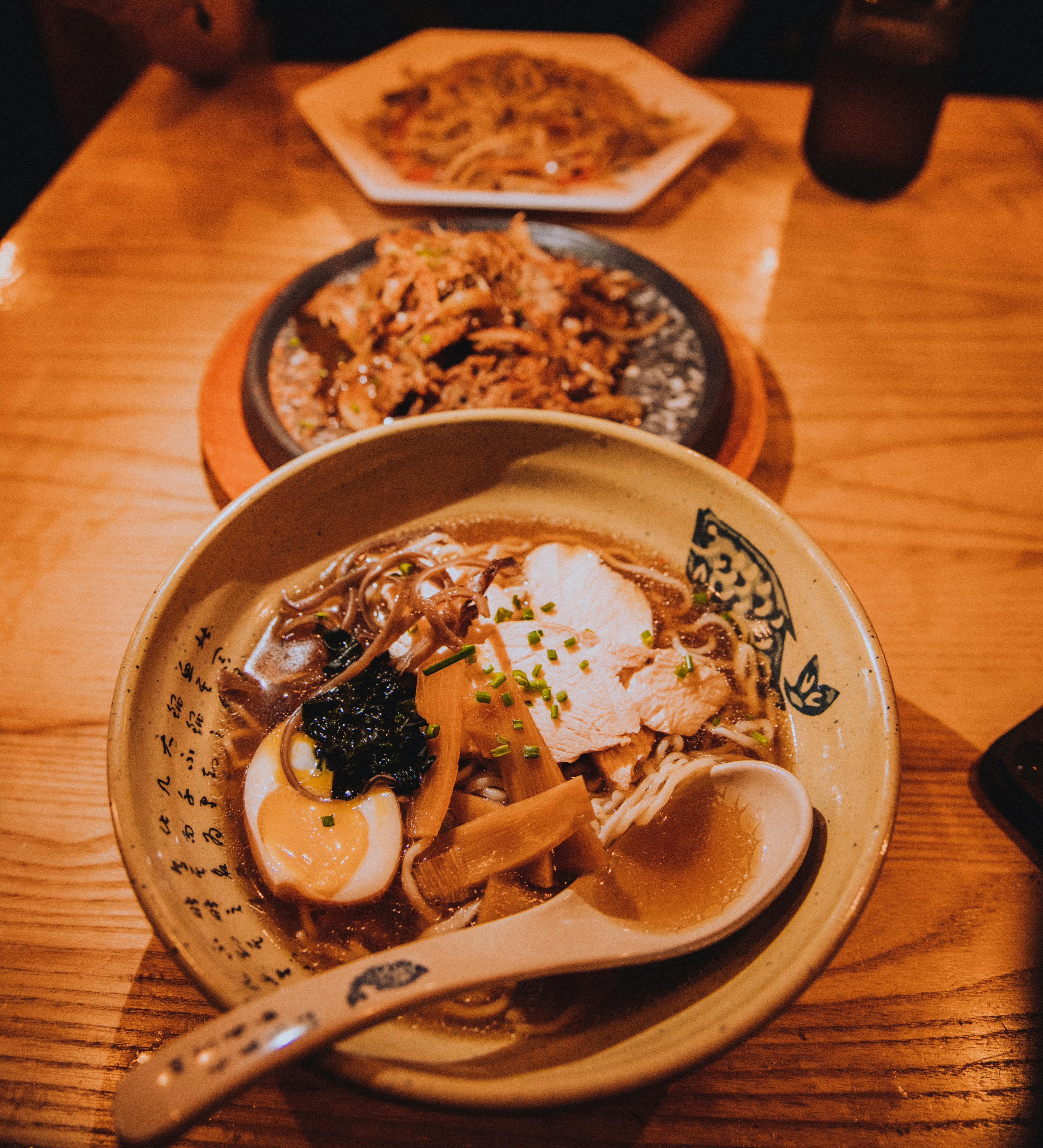So you’ve heard of acupuncture and cupping, but have you heard of Gua Sha? This ancient Chinese technique, known as Gua Sha, has recently gained attention in the Western world for its potential health benefits. In this article, we’ll explore what exactly Gua Sha is and how it can improve your overall well-being. From its traditional roots to its modern applications, get ready to discover the rejuvenating power of Gua Sha.
Overview
What is Gua Sha?
Gua Sha is an ancient healing technique that originated in traditional Chinese medicine. It involves using a smooth-edged tool to scrape the skin and stimulate blood flow. The scraping motion creates temporary redness or bruising on the skin, which is believed to release blocked energy and promote healing.
History of Gua Sha
Gua Sha has a long history dating back thousands of years. It is believed to have originated in East Asia and was practiced as a healing and wellness technique by the ancient Chinese and Vietnamese. The term “Gua Sha” translates to “scraping sand” in English, reflecting the traditional method of using tools like spoons, coins, or animal bones to scrape the skin.
Benefits of Gua Sha
Gua Sha offers a wide range of benefits for both the body and mind. It helps to relieve muscle tension, reduce pain, and improve circulation. The scraping action also encourages the detoxification of the body by promoting lymphatic drainage. Gua Sha has also been found to have a positive impact on skin health, promoting a youthful and radiant complexion. Additionally, Gua Sha can help relieve stress and anxiety by promoting relaxation and balancing the body’s energy flow.
How Does Gua Sha Work?
Gua Sha works by stimulating the body’s meridians, which are energy pathways that connect various organs and tissues. According to traditional Chinese medicine, a blockage or imbalance in the flow of energy can lead to illness or discomfort. By scraping the skin, Gua Sha is believed to release stagnant energy, improve circulation, and promote the body’s natural healing abilities.
Tools and Techniques
Gua Sha Tools
There are various tools used for Gua Sha, including jade or rose quartz stones, buffalo horn plates, and even simple household items like spoons or coins. These tools are smooth-edged and typically have a rounded shape to ensure gentle scraping without causing harm to the skin. The choice of tool depends on personal preference and the desired effect.
Different Techniques
There are different techniques used in Gua Sha, each with its own variations and benefits. Some common techniques include scraping in a straight line, using a firm or gentle pressure, and targeting specific areas or meridians of the body. The application of oils, such as coconut or jojoba oil, can also enhance the effectiveness of Gua Sha by providing lubrication and nourishment to the skin.

Procedure
Preparation
Before beginning a Gua Sha session, it is important to cleanse the skin and prepare the tools. Wash your face or the area to be treated with a gentle cleanser and warm water. This helps to remove any dirt, oils, or makeup that could hinder the effectiveness of the treatment. Next, apply a small amount of oil to the skin to ensure smooth gliding of the Gua Sha tool and to prevent any pulling or discomfort.
Application of Gua Sha
To perform Gua Sha, hold the tool at a 15-45 degree angle to the skin and apply gentle pressure. Using smooth, sweeping motions, scrape the skin in upward or outward strokes, following the natural contours of the face or body. Start with lighter pressure and gradually increase as desired. It is normal to see temporary redness or bruising, known as “sha,” which indicates increased blood flow to the area.
Areas of the Body to Treat
Gua Sha can be applied to various parts of the body, depending on the desired effect. It is commonly used on the face, neck, and shoulders to improve skin health, reduce tension, and promote relaxation. Other areas that can benefit from Gua Sha include the back, legs, and arms. It is important to avoid sensitive or injured areas, and always listen to your body’s feedback to ensure a safe and effective treatment.
Skin Reactions
Expected Reactions
During a Gua Sha session, there are several expected reactions that may occur. Temporary redness or bruising is a normal response to the scraping action and indicates increased blood flow to the area. This redness typically fades within a few hours to a few days. It is also common to experience a warm or tingling sensation during the treatment, indicating improved circulation.
Possible Side Effects
While Gua Sha is generally safe when performed correctly, there are some possible side effects to be aware of. Excessive or aggressive scraping can cause skin irritation, pain, or even bruising. It is important to use gentle pressure and listen to your body’s feedback. If you have sensitive skin, a skin condition, or are taking blood thinners, it is advisable to consult with a healthcare professional before trying Gua Sha.

Conditions Treated by Gua Sha
Musculoskeletal Disorders
Gua Sha is commonly used to treat musculoskeletal disorders, such as muscle pain, stiffness, and tension. The scraping action helps to relax the muscles, improve circulation, and alleviate pain and discomfort. It can be particularly beneficial for conditions like back pain, neck tension, and sports injuries.
Detoxification
One of the main benefits of Gua Sha is its ability to promote detoxification. The scraping action stimulates the lymphatic system, which is responsible for removing toxins and waste from the body. This helps to improve overall health and vitality, as well as boost the immune system.
Skin Health
Gua Sha can have a positive impact on skin health, promoting a youthful and radiant complexion. The scraping action increases blood flow and lymphatic drainage, which can help to reduce puffiness, improve skin tone, and minimize the appearance of fine lines and wrinkles. Gua Sha can also enhance the absorption of skincare products, allowing them to penetrate deeper into the skin for optimal results.
Stress and Anxiety
Gua Sha is not only beneficial for physical health but also for mental and emotional well-being. The gentle scraping motion and the relaxation it induces can help to reduce stress, anxiety, and tension. The treatment stimulates the release of endorphins, which are natural mood enhancers, promoting a sense of calm and relaxation.
Scientific Evidence
Research Studies
While Gua Sha has been practiced for thousands of years, scientific research on its effectiveness is still limited. However, several studies have shown promising results. A study published in the Journal of Alternative and Complementary Medicine found that Gua Sha significantly reduced pain intensity and improved functional disability in patients with chronic neck pain. Another study published in the American Journal of Chinese Medicine reported that Gua Sha improved blood circulation and reduced inflammation in rats.
Effectiveness and Safety
Although more research is needed, Gua Sha is generally considered safe and effective when performed correctly. Many people have reported positive outcomes, such as pain relief, improved skin health, and reduced stress. However, it is important to approach Gua Sha with caution and to consult with a healthcare professional if you have any underlying medical conditions or concerns.

Precautions and Contraindications
Who Should Avoid Gua Sha?
While Gua Sha is generally safe for most people, there are some individuals who should avoid or approach it with caution. People with bleeding disorders, blood clotting disorders, or those taking blood thinners should avoid Gua Sha, as it can increase the risk of bleeding or bruising. Additionally, individuals with open wounds, sunburns, or active skin infections should refrain from Gua Sha until the skin has healed.
Precautions for Gua Sha Application
To ensure a safe and effective Gua Sha session, it is important to take certain precautions. Avoid applying excessive pressure or scraping over bony areas, as this can cause discomfort or injury. Always use a clean and well-maintained tool to prevent the spread of bacteria or infection. It is also recommended to start with shorter sessions and gradually increase the duration as your body becomes accustomed to the treatment.
Comparison with Similar Techniques
Gua Sha vs. Cupping
Gua Sha and cupping are both ancient healing techniques rooted in traditional Chinese medicine. While they share similarities, they involve different methods and produce different effects. Gua Sha involves scraping the skin, while cupping uses suction cups to create a vacuum effect on the skin. Cupping tends to focus more on improving circulation and relieving muscle tension, whereas Gua Sha promotes detoxification, skin health, and energy flow.
Gua Sha vs. Massage
Gua Sha and massage are both therapeutic techniques that offer various benefits. Massage involves the manipulation of soft tissues, such as muscles and fascia, to promote relaxation, alleviate pain, and improve circulation. Gua Sha, on the other hand, focuses on stimulating blood flow and energy flow by scraping the skin. Both techniques can be used in combination or independently, depending on individual needs and preferences.

Gua Sha and Traditional Chinese Medicine
TCM Principles
Gua Sha is deeply rooted in traditional Chinese medicine (TCM) principles and philosophy. According to TCM, the body is connected through a network of meridians, or energy pathways, along which Qi (vital energy) flows. Gua Sha is believed to help restore balance in the body by removing obstructions and promoting the smooth flow of Qi. The redness or bruising that appears during Gua Sha is seen as the release of trapped energy and the restoration of health.
Meridians and Qi Flow
In TCM, Gua Sha is often performed along specific meridians to target specific organs or systems in the body. Each meridian is associated with different physical and emotional aspects of health, and by stimulating these meridians, Gua Sha aims to restore harmony and balance. By promoting the flow of Qi, Gua Sha helps to support the body’s natural healing mechanisms and maintain overall well-being.
Usage in Modern Practices
Integration with Western Medicine
In recent years, Gua Sha has gained popularity and recognition in the Western medical community. Many healthcare professionals and therapists have integrated Gua Sha into their practices as a complementary therapy. It is often used alongside other treatments, such as acupuncture, massage, or physical therapy, to enhance their effects and provide a holistic approach to healing and wellness.
Popularization in Spa and Wellness Industry
Gua Sha has also become popular in the spa and wellness industry, where it is often offered as a standalone treatment or as part of a facial or body massage. Its ability to improve skin health, reduce stress, and promote relaxation has made it a sought-after technique for those seeking natural and holistic approaches to beauty and well-being. Gua Sha tools and techniques are now widely available, allowing individuals to incorporate this ancient practice into their self-care routines.
In conclusion, Gua Sha is an ancient healing technique rooted in traditional Chinese medicine that offers a range of benefits for the body and mind. By stimulating the body’s meridians and promoting the flow of energy, Gua Sha can help relieve muscle tension, reduce pain, improve circulation, promote detoxification, enhance skin health, and reduce stress and anxiety. While scientific research on Gua Sha is still limited, many people have reported positive outcomes from this centuries-old practice. However, it is important to approach Gua Sha with caution, listen to your body’s feedback, and seek professional advice if needed. Whether used in conjunction with Western medicine or as a standalone self-care practice, Gua Sha has found its place in modern practices and continues to be popular in the spa and wellness industry.

